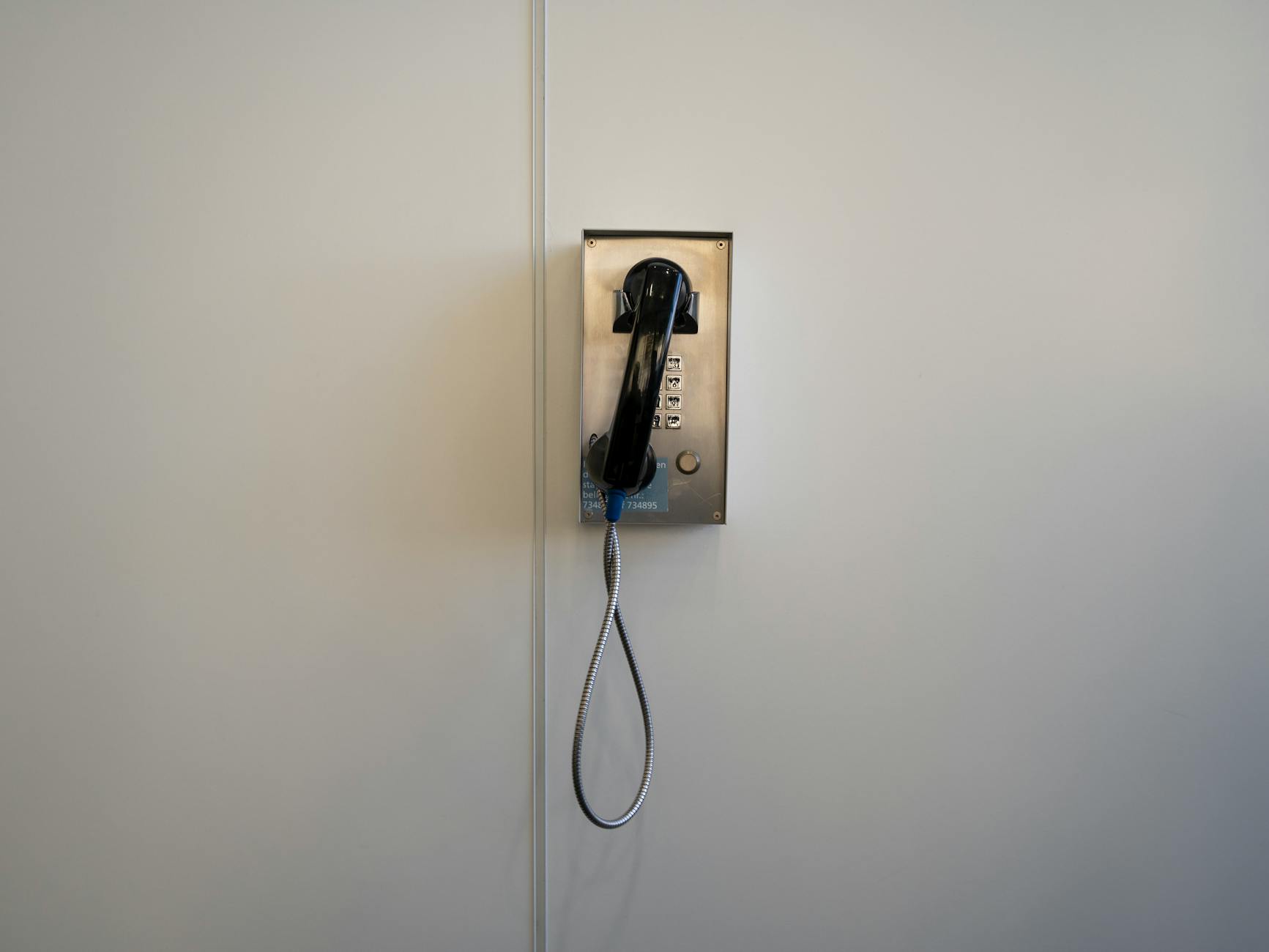How to Optimize Audio Systems for Australia’s Educational Spaces

Assessing Current Audio Systems
Evaluating System Performance
When scrutinising the audio systems used at educational venues such as the University of Sydney's Great Hall, it's essential for facilities managers like me to focus on specific performance metrics. One key aspect is ensuring that systems are compatible with modern solutions, like motorised projector screen setups or versatile monitors for video conferencing. This means checking whether the current audio output meets the needs of different user environments, from small lecture halls to larger conference spaces.
Identifying Common Issues
Often, issues arise in the form of outdated technology or inadequate sound coverage in lecture theatres. Problems may include uneven sound levels, feedback, or a lack of integration with video systems. It's crucial to diagnose these quickly, especially when managing diverse facilities.
Feedback Gathering from Users
Collecting feedback from faculty and students is invaluable, as they offer insight into the on-ground challenges faced in educational settings. A practical approach is to distribute surveys or direct interaction with users following large events or lectures. Prioritising these methods can inform facility managers about user experiences and potential areas for enhancement.
By considering these factors, I aim to harmonise the existing network of audio solutions across university spaces. Reliable, efficient audio management ensures that all users experience optimal sound quality, supporting the educational mission while staying within university budget constraints.
Exploring Audio Technologies
Keeping up with the rapid advancements in audio equipment has become pivotal for maintaining effective educational spaces. The landscape is continually evolving, and staying informed about the latest innovations is imperative, especially for venues like lecture theatres at UTS. When exploring these technologies, I focus on two primary areas: the latest innovations and how well they match our specific needs.
Latest Innovations in Audio
Advanced technologies like wireless systems, multi-room sound configurations, and enhanced microphone integrations are gaining traction. I find that understanding these trends helps in planning the upgrades necessary for our university settings.
Matching Solutions to Needs
It’s crucial to align the functionality of pro audio equipment with the particular demands of each venue. For instance, a space as versatile as a conference centre in Darling Harbour requires solutions that can adapt to various event formats. The key here is to select equipment that offers flexibility and reliability while staying within budgetary constraints.
User-Friendly Options
When it comes to university environments, user-friendly equipment is a priority. Simplified interfaces ensure that staff and students can easily operate the systems without extensive training. This includes features like intuitive touchscreen panels and straightforward controls that reduce the learning curve.
By zeroing in on these aspects, you ensure that the audio systems not only meet immediate requirements but are also scalable for future updates, optimising both utility and user experience.
Installation and Setup
Key Considerations for Setup
As someone who meticulously manages audio systems at the University of Sydney’s Great Hall, I understand the challenges of selecting the right components for optimal sound delivery. When setting up a venue, the choice of equipment is crucial. Investing in a hearing loop ensures that all attendees, including those with hearing aids, have an unmatched experience. Installation needs to adhere to Australia’s standards, ensuring system reliability and user satisfaction in any setting, such as lecture theatres at UTS.
Integration with Existing Systems
Integrating cutting-edge audio solutions with existing setups is essential for smooth operations. Opting for a professional microphone can significantly improve audio capture during lectures or conferences, merging seamlessly with current audio infrastructures. This reduces the need for extensive rewiring or replacements, allowing for a cost-effective upgrade that satisfies both audit requirements and fiscal constraints. Remember to test compatibility with the existing equipment early in the process to avoid any last-minute glitches.
Future-Proofing Installations
In Sydney's evolving audio landscape, preparing your systems for future updates is vital. By selecting scalable solutions, you can ensure your installations remain functional as new technologies emerge. Consider building flexibility into your setups, allowing for improvements without overhauling the entire system. And don’t forget the aesthetic and functional components like cabling and mounts to support long-term utility. This proactive planning safeguards your investment, supporting both present and future use cases.
Maintaining Audio Systems
Regular Check-Ups and Servicing
Consistent maintenance is critical for audio systems in educational settings in Sydney. Regular check-ups ensure that equipment remains operational during lectures or large events. It is essential to establish a schedule that includes visual inspections, listening tests, and equipment calibration. Regularly inspecting systems like mesh radios can help pinpoint small issues before they snowball into larger problems.
Troubleshooting Common Problems
Despite diligent maintenance, issues may occasionally arise. To tackle these effectively, create a checklist of typical problems like faulty connections or unexpected technical glitches. Begin with simple fixes, such as checking cable integrity or verifying power sources. Always have a backup plan in place—this could mean maintaining a reserve of essential replacement parts or temporary loan devices—to ensure that educational activities face minimal disruption.
Staff Training for Maintenance
Investing in staff training is essential for sustaining system performance. Ensure that team members are familiar with the equipment and can perform basic troubleshooting. Conduct workshops or invite experts for hands-on training sessions tailored to your systems, covering everything from diagnosing common issues to performing routine maintenance tasks. This approach not only promotes smoother operations but also empowers staff to confidently manage any unexpected challenges with their systems.
Avoiding Pitfalls in Audio Optimisation
Not Account for Acoustic Variables
One of the most frequent oversights in optimising audio for educational spaces is neglecting acoustic dynamics. It's essential to consider the acoustics of different environments, whether it be the University of Sydney's Great Hall or the lecture theatres at UTS. Each setting has unique sound characteristics that must be addressed. Amplifying sound in a space with poor acoustics without adequate adjustments can lead to poor sound quality and listener fatigue. To combat this, engage with acoustic professionals capable of conducting detailed sound analyses to identify problem areas and propose sound-absorbing solutions.
Dismissing User Feedback
Another pitfall is failing to incorporate feedback from users, particularly from those in a position to experience the system daily—staff and students. Ignoring these insights can lead to dissatisfaction and a mismatch between what the system offers and what users need. Set up regular feedback sessions, and make adjustments based on user experiences and requirements. This will enhance satisfaction and ensure the system is meeting the intended standards.
Insufficient System Testing
Finally, insufficient or inadequate system testing often results in performance issues when the audio system is most needed. Conduct rigorous testing in environments like conference centres in Darling Harbour, simulating a range of real-world conditions to uncover potential issues. This preemptive approach helps prevent disruptions and ensures your system is reliable and adaptable to various demands. Always document these tests for future reference, creating a strong foundation for continued audio excellence.


